Almost 18.000 public school teachers across all of Canada responded to a survey in both official languages (English/French) by the Canadian Teachers Federation, and the responses indicated serious worries about education of young people both during the pandemic and the implications for the expected fall season return to class..
In most cases in Canada schools were closed in mid-March due to the pandemic and efforts were made to continue lessons through online participation.
The pandemic survey asked about their experiences during the health crisis and online teaching, focussing on four areas:
- Well-Being and Equity 2. Technology Use and Online Instruction 3. Pedagogy and the Profession of Teaching 4. Return to Public School Buildings.
The results of the June survey however indicate some serious concerns about the mental health and well-being of their students, transfer of knowledge and lessons online, inequality regarding access to technology and learning materials, lack of definitive plans for return to schools in the fall, and their own mental health and well being.
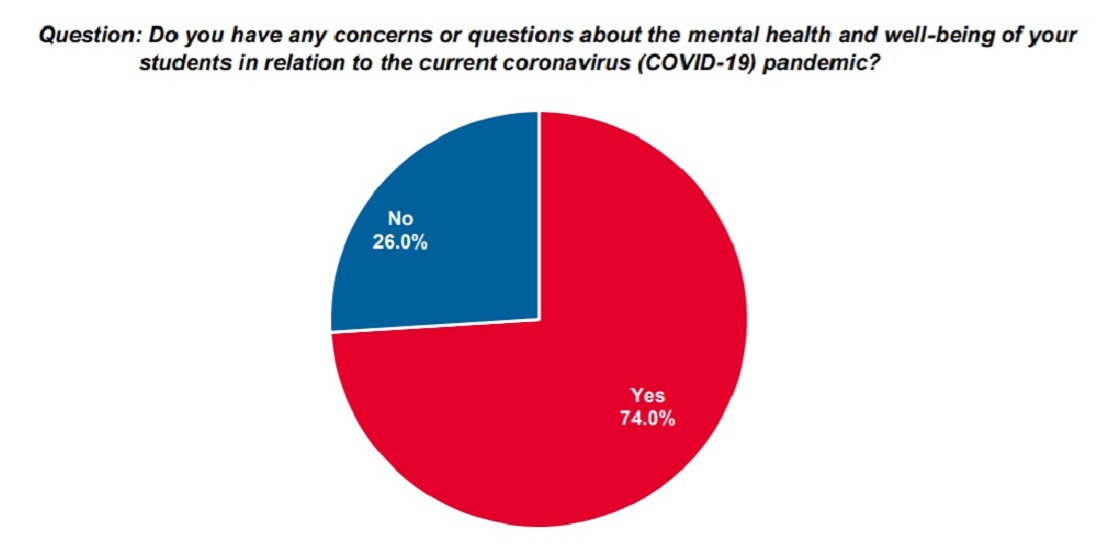
Some 74 per cent of the teachers responded with a ‘yes’ when asked it they had concerns about the well being of their students. In a press release one teacher noted concern about students well-being “when they never, or seldom, connect online,
On an open-ended question, 89 per cent expressed concern about students emotional health after being away from school for so long
A comment in reference to closing of schools and absence from the institution saying, “We have vulnerable students who have challenging home lives, For some of our students, school is their safe place and where their connections are to feel safe and secure”.
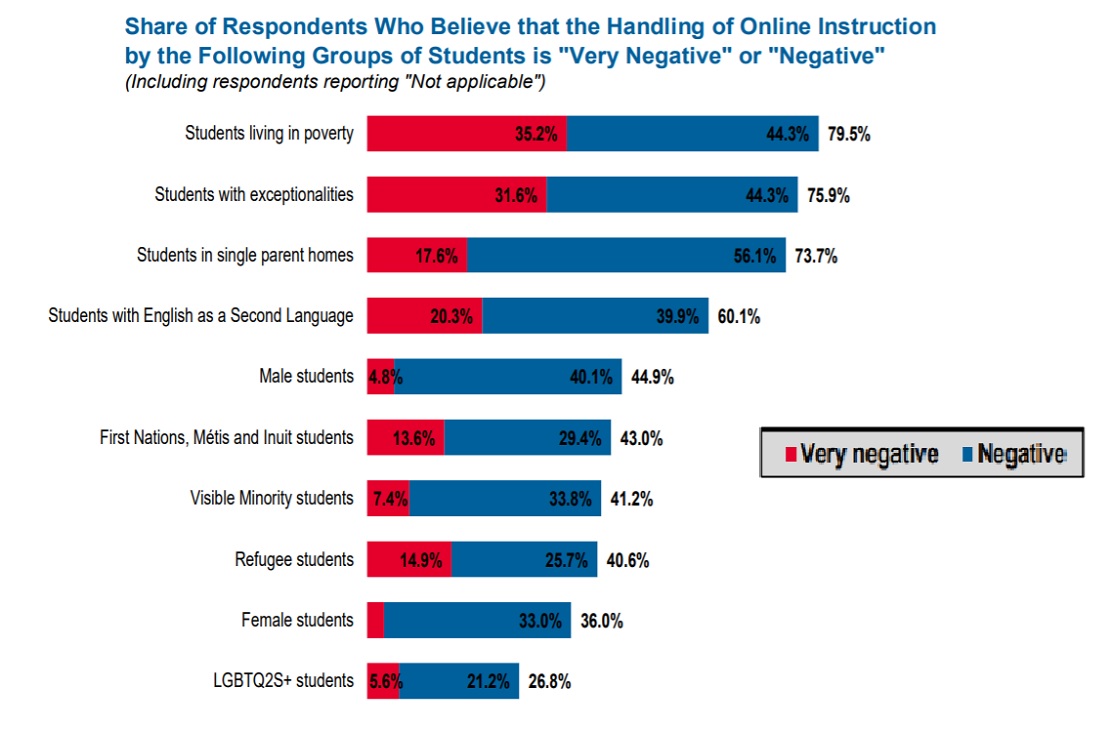
An even higher number (92%) expressed concern about inequalities among students in terms of their access to technology and learning materials. This includes such aspects as a reliable internet connection, and computers, as well as a quiet safe space to work on lessons, access to others for support and advice other than the teacher, and the loss of support staff and teaching assistants.
One response said “I teach grade 1 and 2. They need parent support with online learning. Some parents don’t have the time/skills/patience to offer this. Other parents who have done a good job until now have admitted that they are running out of energy and patience. I don’t think they can continue to offer support in September”.
Teachers also indicated they felt many of their students were handling distance learning negatively or very negatively including groups such as students living in poverty, those with special needs, students in single parent homes, indigenous students,

A high percentage of teachers (64%) indicated that no more than half their students were checking in on them on a weekly basis with six per cent saying none of their students were contacting them weekly. Only 15 per cent responded that almost all their students regularly checked in.
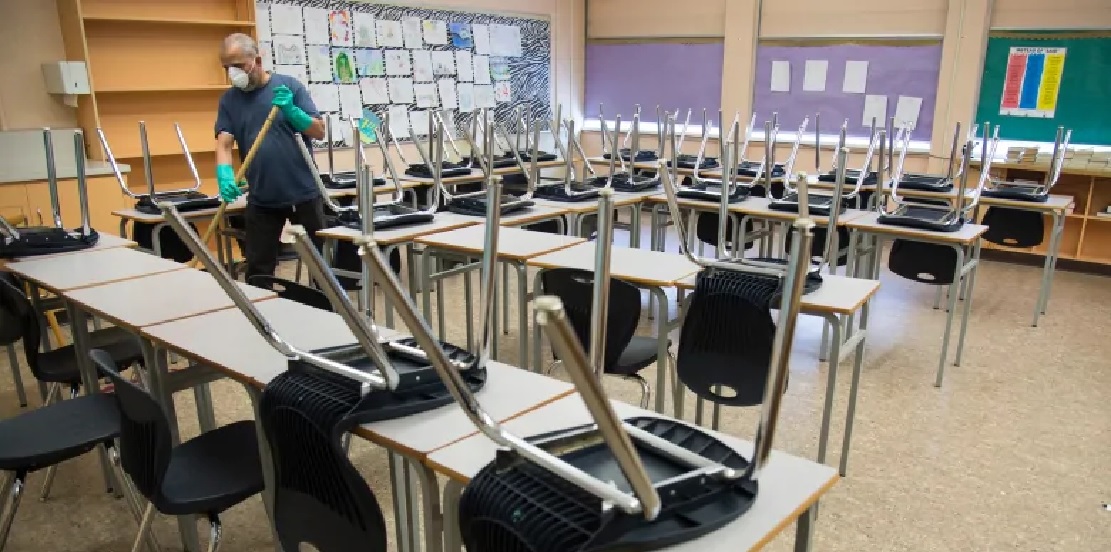
Many teachers are very worried about a number of issues for the potential re-opening of classes in the fall, including health concerns, and how well students will re-integrate after a long period away, and the problems with lessons during that time (Joanthan Hayward-CP)
As to the return to school planned in most cases for the fall start of the school year, another very high percenage of teachers expressed concern. This is related to not knowing the school plans and constant changes from ministries of education, health concerns over COVID-19, and the students reaction to reintegration into the environment after a long period of detachment.
One comment expressed the following concern, “ I worry constantly about the mental health of my students and coworkers when they return to school. The unknown is a very scary thing and I am very concerned about the safety procedures that I believe will be “loosely followed” if we return to full capacity in September”
A high percentage of teachers have indicated that the situation has caused them to reevaluate how the teach students and also how they evaluate their students.
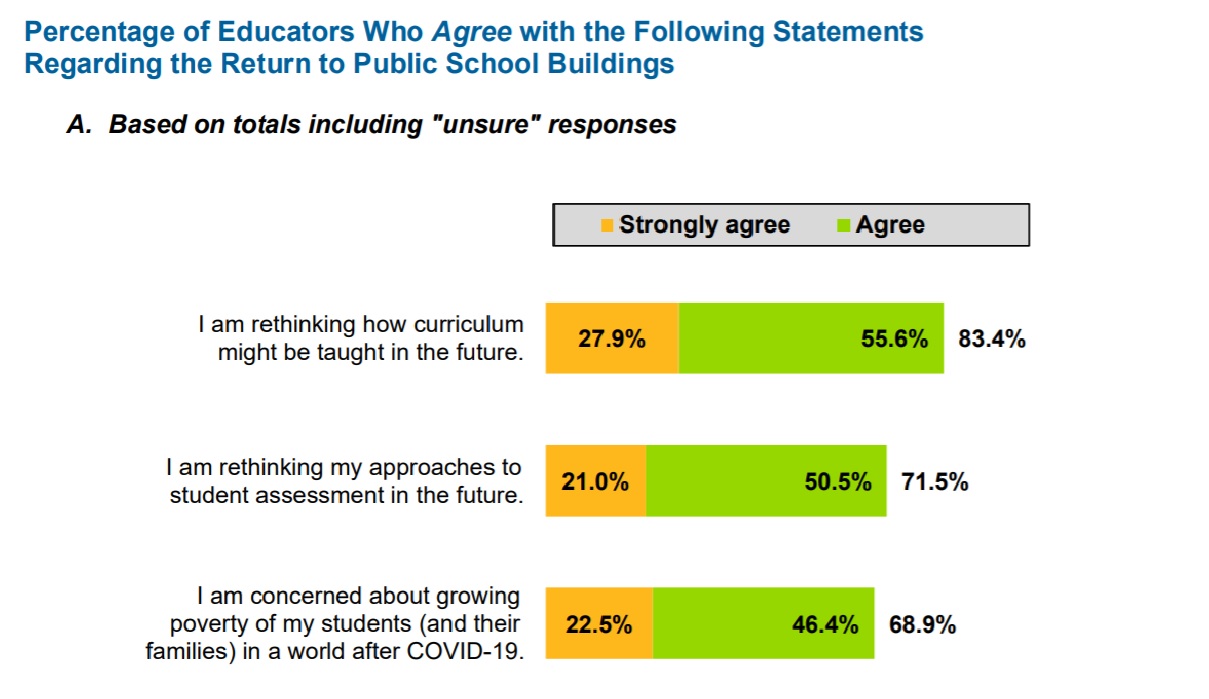
The Canadian Teachers Federation represents some 300,000 elementary and secondary school teachers across Canada.
Additional information-source
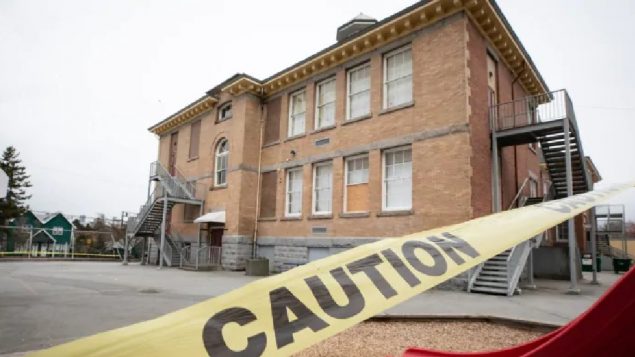






For reasons beyond our control, and for an undetermined period of time, our comment section is now closed. However, our social networks remain open to your contributions.